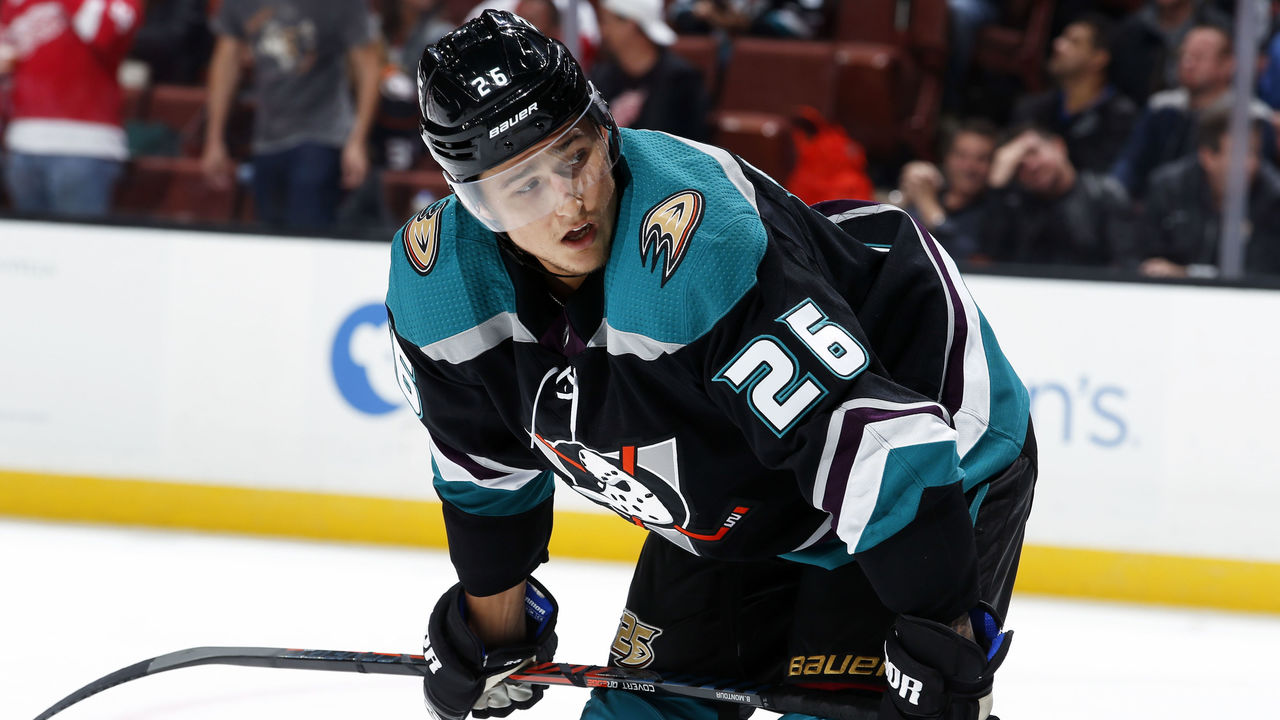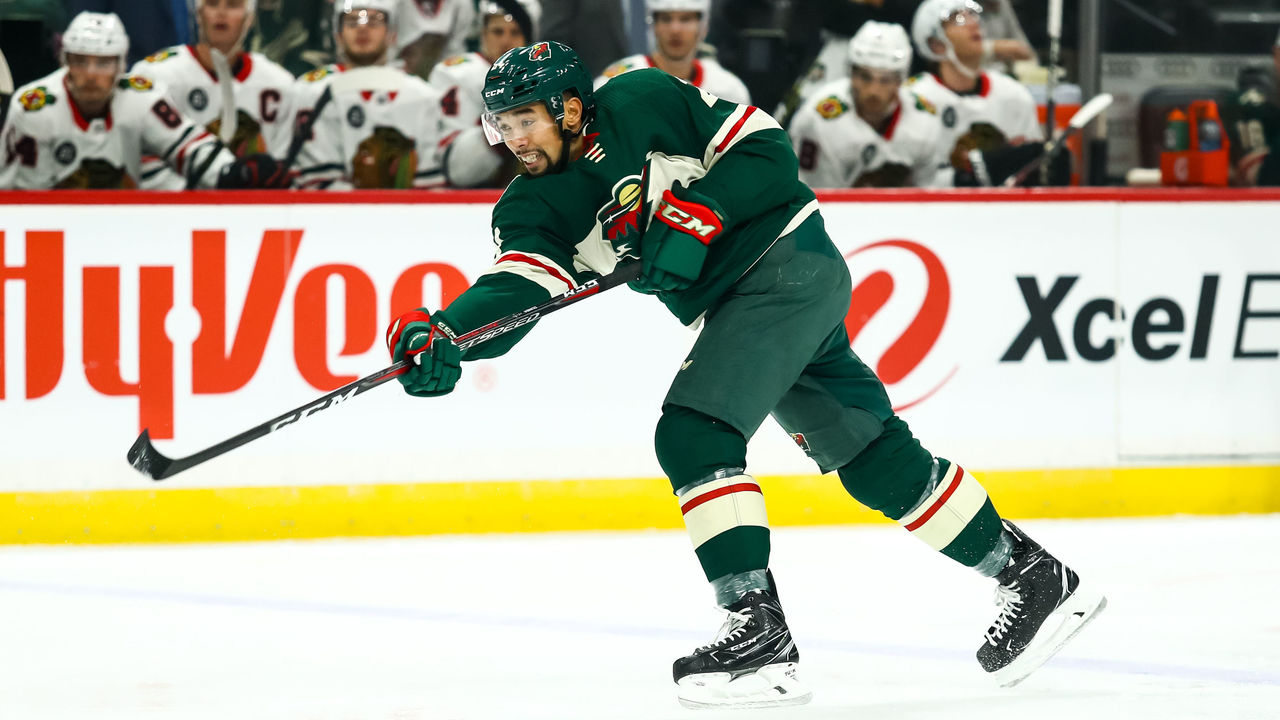What could a Nylander trade look like? 3 logical deals for the unsigned Swede
The Maple Leafs are testing the trade market for unsigned forward William Nylander, so it's only fitting to draw up potential trade scenarios that both Toronto and other teams may consider.
If Nylander isn't signed by Dec. 1, he'll be ineligible to play this season. Toronto could still theoretically move him after Dec. 1 and before the Feb. 25 trade deadline, but it would essentially rule out any trade partner with playoff aspirations.
For the sake of this article, let's assume Nylander agrees to a six-year, $42-million contract with whatever team he is traded to. This deal would include a $7-million base salary in each season and no signing bonus in year one. Here's how his cap hit would vary depending on his signing date, according to CapFriendly.
| Signing date | Nov. 16 | Nov. 30 |
|---|---|---|
| Year 1 cap hit | $8.8M | $9.6M |
| Years 2-6 cap hit | $6.7M | $6.6M |
It's possible Nylander is unwilling to accept $7 million annually from any team, but this is what we're going with.
Carolina Hurricanes

| Hurricanes get | Leafs get |
|---|---|
| William Nylander | Justin Faulk* |
| Warren Foegele |
*Faulk's contract includes a 15-team trade list.
Why it makes sense for Maple Leafs
Faulk would be an excellent fit for the Maple Leafs. He's a right-handed shooting defenseman, only 26 years old, and is signed through 2019-20 with a $4.83-million cap hit. The affordable salary is key for next season when Auston Matthews' and Mitch Marner's cap hits will rise dramatically. Patrick Marleau will also be entering the final year of a contract that pays him $6.25 million annually.
Handedness and contract aside, Faulk would mesh well in Toronto. The offensively gifted blue-liner is capable of making the stretch passes that the Maple Leafs' system requires. He would also likely see an increase in production playing for a superior team.
Foegele, a third-round pick in 2014, would provide Toronto with a potential top-nine forward. He has five points in 18 games so far in his rookie season.
Why it makes sense for Hurricanes
The Carolina Hurricanes have a surplus of defensemen - specifically right-handed ones. They'd likely be more inclined to part with Faulk than Dougie Hamilton, who they acquired in the offseason, or 23-year-old Brett Pesce, who's under contract through 2023-24. Moreover, the Canes had previously discussed moving Faulk even before Hamilton joined the team.
With this trade, Carolina would still have a strong defense corps, but would add a much-needed game-breaking talent in Nylander. The Hurricanes could use Nylander alongside Sebastian Aho on the top line or as the team's second-line center, bumping Jordan Staal down to a more fitting third-line role.
Even though Aho and Teuvo Teravainen both need new contracts after this season, the Hurricanes still have more than enough cap room to sign Nylander to a long-term deal.
Anaheim Ducks

| Ducks get | Leafs get |
|---|---|
| William Nylander | Brandon Montour |
| Jakob Silfverberg | |
| Nick Ritchie |
Why it makes sense for Maple Leafs
Montour would provide Toronto with a right-handed shooting defenseman who can play top-four minutes. He's 24 years old and is under contract through next season with a $3.3875-million cap hit. He only has 127 NHL games under his belt, so there's still room for improvement, but his skating and puck-moving skills would already make him a nice fit with the Maple Leafs.
Silfverberg's contract expires at the end of the season, and considering the salary-cap bind the Leafs will be in next summer, he'd simply be a rental. But the reliable two-way winger is the type of player head coach Mike Babcock would adore. He's capable of playing in any role.
Ritchie has failed to live up to the expectations of a top-10 draft choice. Ironically, he was taken only two picks after Nylander. He lacks the hands and quickness to become a legitimate offensive threat, but he could still develop into a capable top-nine forward.
Why it makes sense for Ducks
Not only do the Ducks struggle to score, but they fail to generate offense at all, as they rank near the bottom of the league in shots. Nylander would provide some much-needed speed and skill to Anaheim's offensive attack.
Losing Montour isn't ideal for Anaheim, especially since Cam Fowler is sidelined with a facial fracture. However, Fowler, Hampus Lindholm, and Josh Manson are all locked up to long-term contracts. One of the Ducks' top-four blue-liners would have to be dealt eventually in preparation for a potential Seattle expansion draft, otherwise they risk losing one of them for nothing.
Furthermore, the Ducks have Jacob Larsson - their first-round pick in 2015 - and Marcus Pettersson - a second-rounder in 2014 - who could help eat up Montour's minutes.
The Ducks are right up against the cap this season, so losing Silfverberg - who they could potentially get back next year in free agency - and Ritchie is necessary in order to sign Nylander to a long-term deal, which, as previously mentioned, comes with a higher cap hit in year one.
Minnesota Wild

| Wild get | Leafs get |
|---|---|
| William Nylander | Matt Dumba |
| Jake Gardiner* | Charlie Coyle |
| Frederik Gauthier | Eric Fehr |
| Conditional draft pick** | Conditional draft pick** |
*Maple Leafs retain 50 percent of Gardiner's remaining cap hit.
**If Gardiner re-signs in Minnesota, Wild receive Maple Leafs' fifth-round pick in 2020, Maple Leafs receive Wild's third-rounder in 2020. If Gardiner doesn't re-sign in Minnesota, Wild get Maple Leafs' first-round pick in 2020, Maple Leafs get Wild's fifth-rounder in 2020.
Why it makes sense for Maple Leafs
Dumba would erase any questions about Toronto's back end. Whether he'd be paired with Morgan Rielly or on a separate pairing (which probably makes more sense), it'd give the Leafs a one-two punch on defense. The 24-year-old fits the timeline too, as he's signed through 2022-23 at a $6-million average annual value.
Gardiner's days as a Maple Leaf are numbered, considering he's a free agent after this season and they likely won't be able to afford him. Moreover, Travis Dermott is ready for an expanded role on the left side.
Coyle, who was once the centerpiece of Minnesota's return for Brent Burns, has underperformed since a breakout 2016-17 season, but the 26-year-old could find his offensive touch while potentially playing on a line with Auston Matthews. He's affordable too, carrying a $3.2-million cap hit through next season.
The Leafs are expected to be annual contenders for the foreseeable future, so losing a first-rounder if Gardiner re-signs in Minnesota isn't a big deal.
Why it makes sense for Wild
The Wild are playing well and may not want to shake things up at the moment, but if Minnesota's new general manager Paul Fenton is anything like his former mentor - Predators GM David Poile - he won't shy away from making a splash.
A player with as much skill as Nylander could flourish with an offensive-minded coach like Bruce Boudreau. He could finish this season on the wing, but potentially move to center over the next few seasons if the Wild lose Eric Staal or Mikko Koivu.
Gardiner grew up in Minnetonka, Minnesota - about 30 minutes from the Xcel Energy Center. It's safe to assume he'd be willing to sign a long-term deal with his hometown team, but if not, the Wild would be compensated with a first-round pick. While he's a different style of defenseman (and handedness) than Dumba, he'd be able to pick up the lost minutes.
As mentioned, Coyle hasn't lived up to the high expectations he was handed - fair or not. With Nylander, a right winger/center joining the lineup, Coyle's services would no longer be required.
Fehr and Gauthier, each team's current fourth-line center, are simply included for cap reasons.